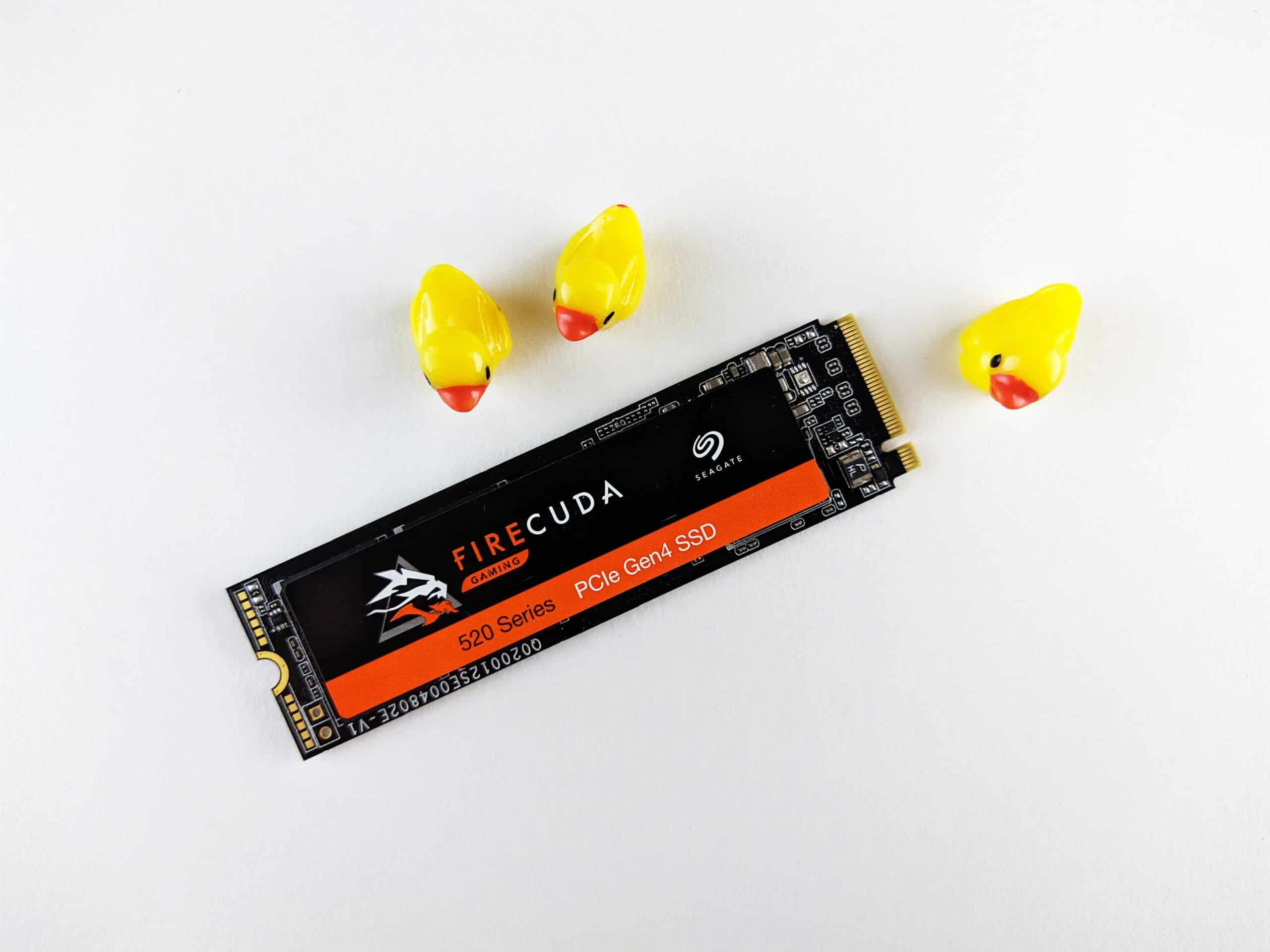+31 (0)43 30 88 400 | office@comex.eu

An ecological look at the entire lifetime of your storage
In our rapidly digitizing world, it seems that the most popular storage solution is the SSD. But before we plunge en masse into SSD-based systems, we need to look at their environmental impact for other storage solutions as well. In fact, it turns out that SSDs produce a fair amount of CO2 emissions during production and use.
SSDs are often thought to be environmentally friendly because they use less energy. But is this really the case? A recent study highlights that a significant portion of carbon emissions during the life cycle of SSDs come from their production. So this is a different part of the life cycle of SSDs than they period of time when the SSD is working within an organization. So it is extremely important to look at lifecycle emissions for all storage solutions.
Sustainable Choices
It is important to note that today about 2% of total CO2 emissions worldwide are caused by our computers and networking equipment, and this is expected to double in the next decade. Companies must therefore seriously consider how to maintain and optimize their digital infrastructure in a sustainable manner. Especially since many companies today are making more sustainable choices to promote CSR (Corporate Social Responsibility).
On top of that, the average household has between five and 10 devices connected to the Internet. According to estimates, when manufactured and used together, these devices cause emissions of about 2,000 kg of CO2 per year. This is equivalent to driving a medium-sized gasoline car (950-1350kg) over a distance of about 9524 kilometers (Moerland, 2021).
Where do these CO2 emissions come from?
A key observation of the study is that a large portion of the CO2 emissions from SSDs come from the manufacturing of the semiconductor chips. And this only gets worse as transistor sizes decrease and manufacturing processes become more complex. This causes rising CO2 emissions in the factories where these chips are produced. Unfortunately, the use of renewable energy sources is not yet common in most of these production facilities. As a result, it mainly uses electricity generated by coal and gas plants.
The study further shows that although HDDs are generally heavier and larger than SSDs, requiring more material for production, they still have lower CO2 emissions than SSDs. That’s because the manufacturing process for semiconductor chips used in SSDs is much more energy-intensive than the manufacturing process for the mechanical parts needed for HDDs.
Keep using SSDs but still reduce CO2 emissions?
Fortunately, this article suggests some strategies to reduce CO2 emissions from storage systems. First, it is important to choose the right storage media. Second is the optimization of resilience and endurance of storage media.
So it is extremely important to compare the many types of data storage and choose the best solution. For one application, this means a durable and reliable solution; for another, it means a quick and inexpensive solution. Moreover, an appropriate storage solution contributes not only to reducing CO2 emissions, but also to lower costs and higher performance. Therefore, it is important to inquire about different storage options and their sustainability aspects so that companies can make informed decisions that serve both the interests of the company and the environment.
Inquire today and do your part to make your business more sustainable!
Sources:
Moerland, S. (2021, October 18). How much CO2 do you emit with your car – in green do. In Green Doing.
Tannu, S. S., & Nair, P. (2022). The Dirty Secret of SSDs: Embodied Carbon. ArXiv (Cornell University).


